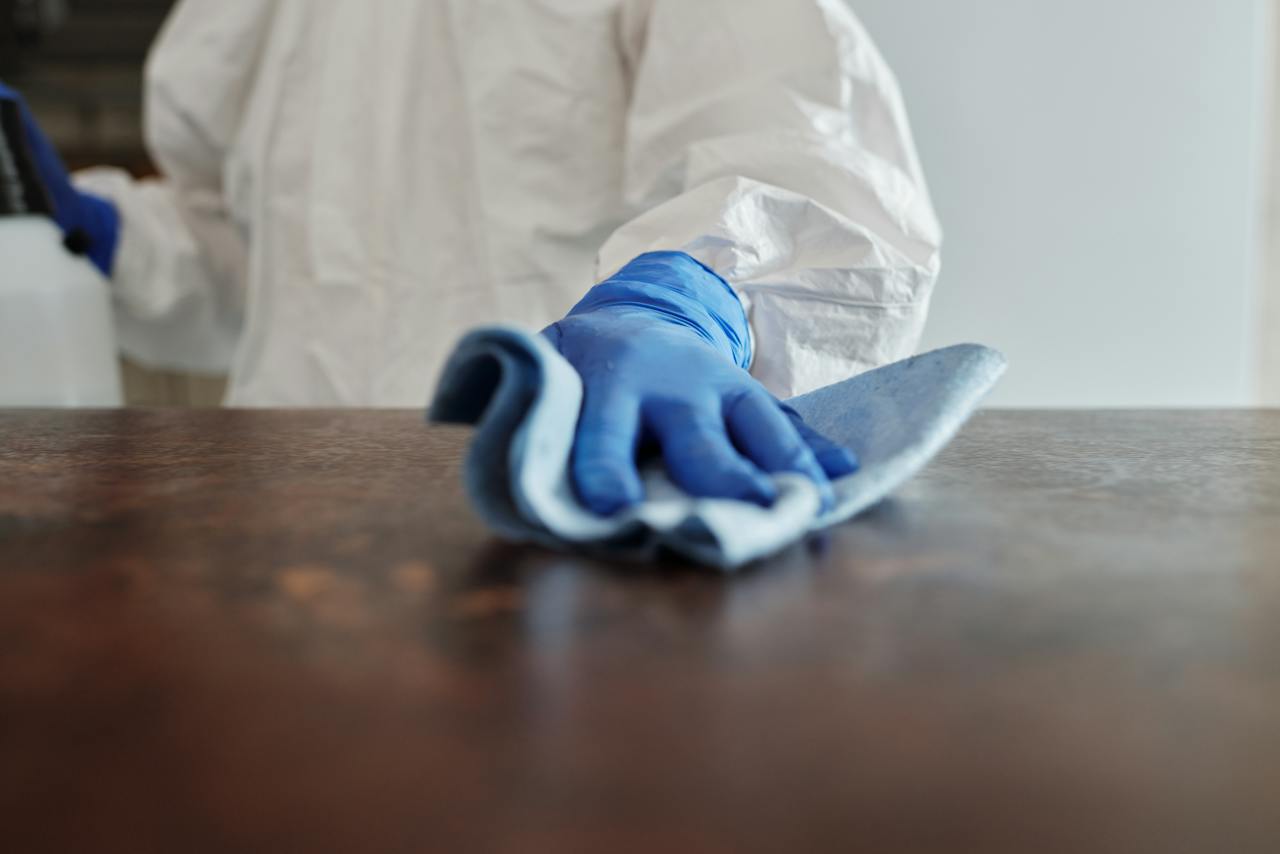In the realm of civil engineering and urban planning, the importance of high-quality sewer and drainage materials cannot be overstated. These materials, which can be sourced from reliable suppliers like www.blairsupplyusa.com, form the backbone of efficient and sustainable wastewater management systems. They are crucial for maintaining public health and environmental integrity. This article explores the significance of sewer and drainage materials, their types, and the impact they have on infrastructure and community well-being.
The Foundation of Effective Wastewater Management
Sewer and drainage systems are essential components of urban infrastructure, playing a critical role in channeling wastewater and stormwater away from residential and commercial areas. The effectiveness of these systems heavily relies on the quality of materials used in their construction.
Ensuring Public Health and Environmental Safety
The primary objective of sewer and drainage systems is to prevent waterborne diseases and environmental contamination. Quality materials in these systems ensure the safe and efficient transport of wastewater and stormwater. This is crucial for protecting public health and preserving water quality in rivers, lakes, and oceans. Properly designed and maintained systems prevent the overflow of sewage and the flooding of urban areas, thereby mitigating potential health hazards and environmental damage.
Types of Sewer and Drainage Materials
A variety of materials are used in the construction of sewer and drainage systems, each with its unique properties and applications. The selection of these materials is a critical decision that affects the durability, efficiency, and maintenance needs of the systems.
Pipes and Fittings: The Lifelines of Drainage Systems
Pipes are the most fundamental component of sewer and drainage systems. They are available in various materials, including PVC, concrete, and metal, each suitable for different conditions and applications. PVC pipes, for instance, are lightweight, resistant to chemical erosion, and ideal for residential sewer systems. Concrete pipes, on the other hand, are favored for their strength and durability, making them suitable for public sewer systems and stormwater drainage. Fittings such as elbows, tees, and couplings are also essential, providing the necessary connections and angles for an efficient network.
Innovations in Sewer and Drainage Materials
The field of sewer and drainage materials is continually evolving, with ongoing research and technological advancements leading to more efficient and sustainable solutions.
Sustainable and Durable Solutions
Recent innovations in sewer and drainage materials focus on sustainability and durability. New materials and designs aim to minimize environmental impact while maximizing the lifespan of the systems. For example, the use of recycled materials in pipe manufacturing and the development of more resilient pipe linings are growing trends. These innovations not only extend the life of sewer and drainage systems but also reduce the need for frequent repairs and replacements, leading to cost savings and environmental benefits. Additionally, leading plastic injection molding companies, like http://wundermold.com, play a pivotal role in these advancements by providing high-quality components essential for modern sewer and drainage infrastructure.
The Impact on Urban Development
The quality of sewer and drainage materials directly impacts urban development and planning. Effective wastewater management is a prerequisite for the growth and sustainability of cities and communities.
Facilitating Urban Expansion and Resilience
High-quality sewer and drainage systems are essential for the expansion of urban areas. They ensure that new developments can be adequately serviced, preventing sanitation issues and environmental problems. Furthermore, resilient sewer and drainage systems are crucial for urban areas prone to extreme weather conditions, such as heavy rainfall or flooding. They enhance the city’s resilience, reducing the risk of water damage and ensuring the continuity of daily activities during adverse weather events.
Sewer and drainage materials play a pivotal role in modern infrastructure, ensuring the efficient management of wastewater and stormwater. The selection of appropriate materials is crucial for building systems that are durable, efficient, and environmentally friendly. As urban areas continue to grow and face new challenges, the importance of investing in high-quality sewer and drainage materials becomes ever more apparent. These materials are not just components of an underground network; they are integral to public health, environmental protection, and the sustainable development of communities.











